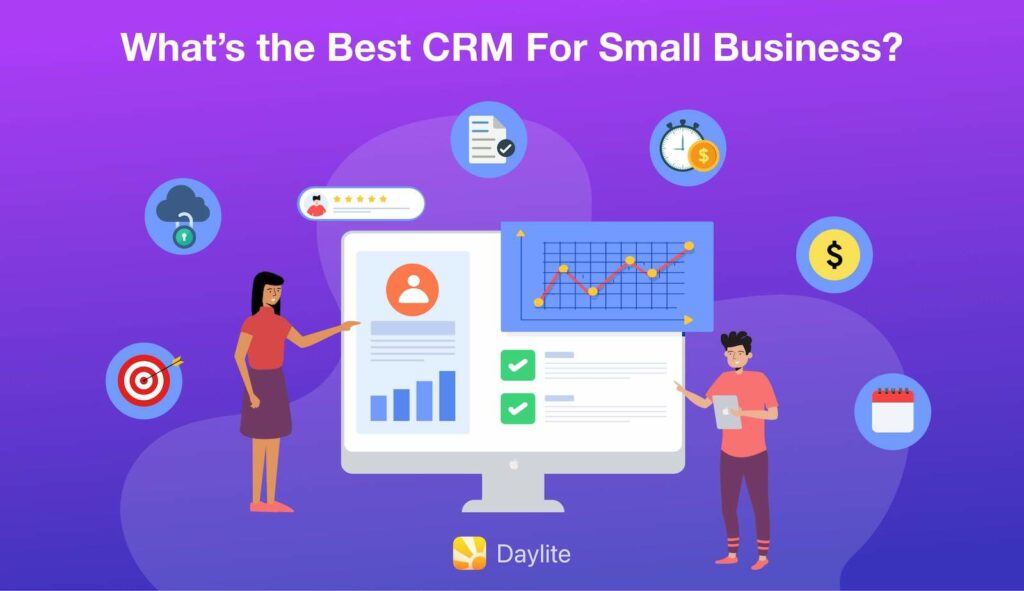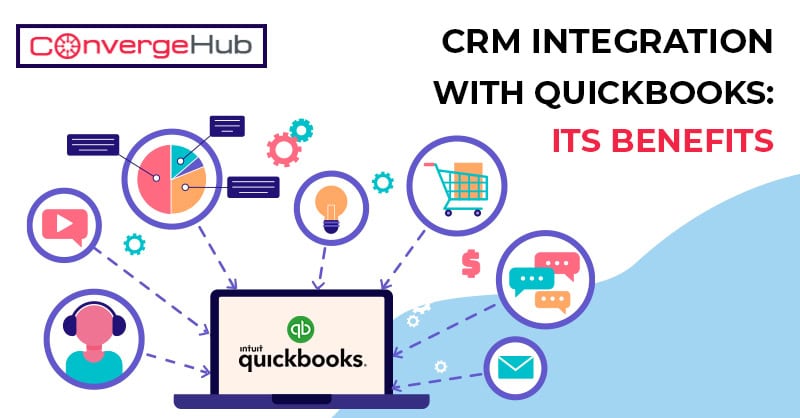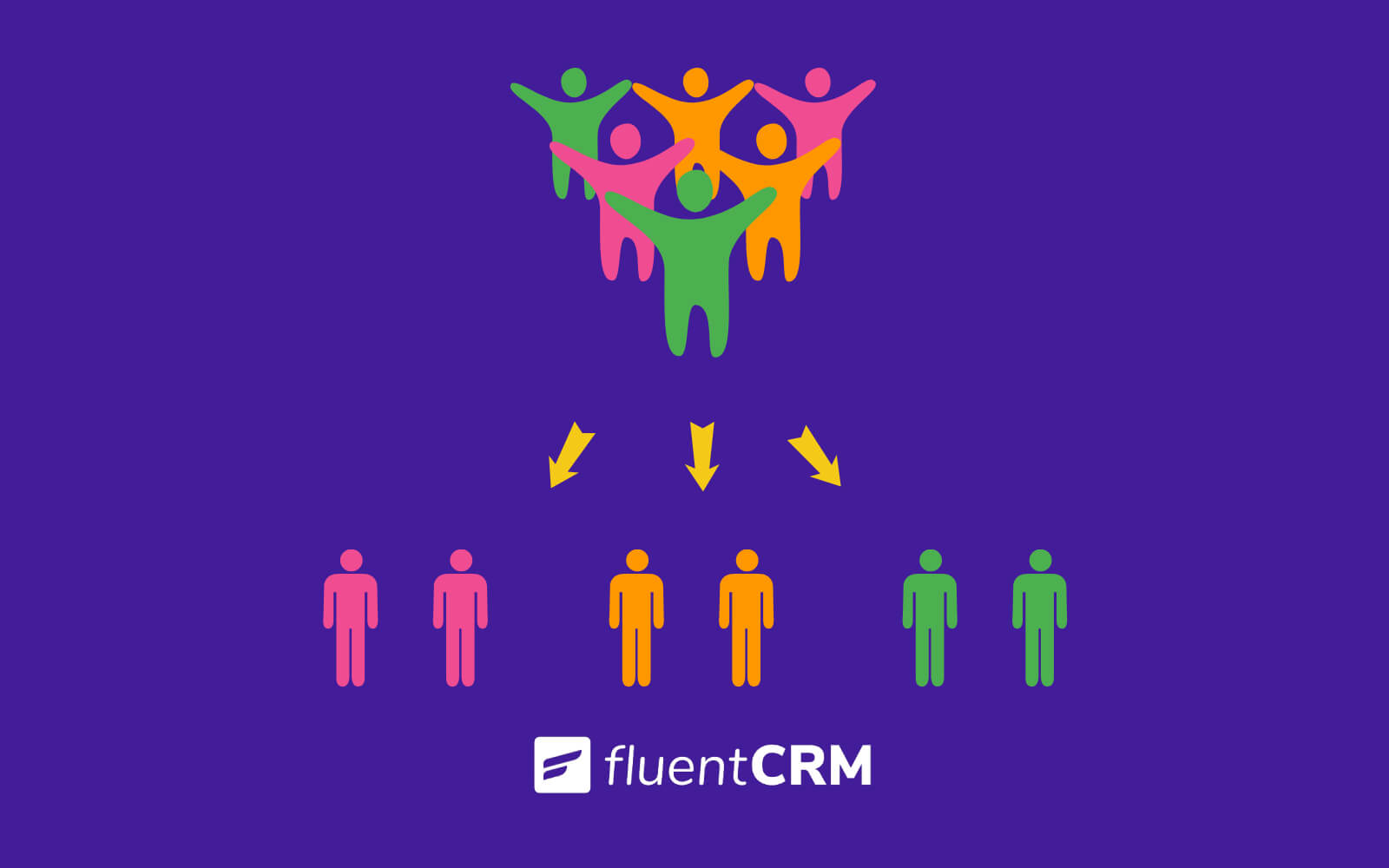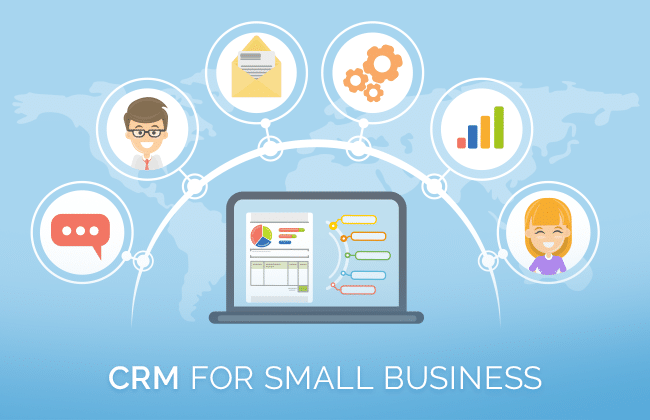Small Business CRM Tutorial: Your Comprehensive Guide to Customer Relationship Management

Small Business CRM Tutorial: Your Comprehensive Guide to Customer Relationship Management
So, you’re a small business owner, huh? That’s fantastic! You’re chasing your dreams, building something from the ground up, and probably wearing a hundred different hats every single day. One of those hats, whether you know it or not, should be labeled “Customer Relationship Management” or CRM. And if you’re thinking, “CRM? That sounds complicated and expensive,” hold on a second. It doesn’t have to be. This Small Business CRM Tutorial is designed to break down everything you need to know, from the basics to some more advanced strategies, so you can leverage the power of CRM to grow your business.
We’ll cover what CRM is, why it’s essential for small businesses, how to choose the right CRM, and even a step-by-step guide to getting started. Get ready to transform the way you interact with your customers and watch your business flourish!
What is a CRM? (And Why Should You Care?)
Let’s start with the basics. CRM stands for Customer Relationship Management. At its core, it’s a system that helps you manage your interactions with current and potential customers. Think of it as a digital hub where you store all the important information about your customers: their contact details, purchase history, communication logs, and any other relevant notes. It’s like having a super-organized, easily accessible Rolodex, but a whole lot smarter.
But CRM is much more than just a contact database. It’s a strategic approach to building and maintaining strong customer relationships. It’s about understanding your customers better, anticipating their needs, and providing them with personalized experiences. This, in turn, leads to increased customer loyalty, higher sales, and a stronger bottom line.
Here’s a simple way to think about it: Imagine you’re trying to remember all the details of every conversation you’ve had with each of your customers. Their preferences, their birthdays, the products they’re interested in, their complaints, and their compliments. Sounds overwhelming, right? A CRM system takes that burden off your shoulders. It keeps track of everything, so you can focus on what matters most: providing exceptional customer service.
Why CRM is Crucial for Small Businesses
You might be thinking, “My business is small. Do I really need a CRM?” The answer is a resounding YES! In fact, CRM can be even more impactful for small businesses than for larger corporations. Here’s why:
- Personalized Customer Service: In a small business, every customer interaction matters. CRM allows you to personalize your interactions, making each customer feel valued and appreciated.
- Improved Efficiency: CRM automates many repetitive tasks, such as data entry and follow-up emails, freeing up your time to focus on more strategic activities.
- Better Sales and Marketing: CRM provides valuable insights into your customers’ behavior, allowing you to tailor your sales and marketing efforts for maximum impact.
- Enhanced Customer Loyalty: By providing excellent service and building strong relationships, CRM helps you retain your existing customers and turn them into loyal advocates for your brand.
- Data-Driven Decisions: CRM provides you with valuable data about your customers and your business, enabling you to make informed decisions and track your progress.
Choosing the Right CRM for Your Small Business
Now that you understand the importance of CRM, the next step is choosing the right one for your business. With so many options available, it can feel overwhelming. But don’t worry; we’ll break down the key factors to consider.
1. Understand Your Needs
Before you start shopping around, take some time to assess your business needs. What are your primary goals for implementing a CRM? Do you need help with sales, marketing, customer service, or all three? What are your current pain points? Identifying your needs will help you narrow down your options and choose a CRM that aligns with your specific requirements.
2. Consider Your Budget
CRM systems vary widely in price, from free options to enterprise-level solutions with hefty price tags. Determine your budget and look for a CRM that fits within your financial constraints. Remember to factor in not only the monthly or annual subscription costs but also any potential implementation fees, training costs, and ongoing maintenance expenses.
3. Evaluate Features and Functionality
CRM systems offer a wide range of features. Consider the features that are most important for your business, such as contact management, sales pipeline management, email marketing integration, reporting and analytics, and customer support ticketing. Make a list of must-have features and nice-to-have features to help you evaluate different CRM options.
4. Assess Scalability
Choose a CRM that can grow with your business. As your business expands, you’ll likely need more users, more features, and more storage. Make sure the CRM you choose can accommodate your future needs and that it offers the flexibility to adapt to changing requirements.
5. Consider Ease of Use
A CRM is only effective if your team actually uses it. Choose a system that is easy to learn and use. Look for a user-friendly interface, intuitive navigation, and helpful tutorials and support resources. If the system is too complex, your team may resist using it, and you won’t get the full benefits.
6. Evaluate Integration Capabilities
Consider how well the CRM integrates with other tools you use, such as your email marketing platform, your accounting software, and your website. Seamless integration can save you time and effort by eliminating the need for manual data entry and ensuring that all your systems are working together harmoniously.
7. Research Customer Support
When you encounter a problem or have a question, you’ll want access to reliable customer support. Research the customer support options offered by different CRM providers, such as online documentation, email support, phone support, and live chat. Read reviews and testimonials to get a sense of the quality of their customer support.
Popular CRM Options for Small Businesses
Here are a few popular CRM options that are well-suited for small businesses:
- HubSpot CRM: A popular and free CRM that’s great for beginners. It offers a wide range of features, including contact management, sales pipeline management, and email marketing integration.
- Zoho CRM: A versatile CRM that offers a variety of features, including sales automation, marketing automation, and customer service tools. It’s available in a free version and paid plans.
- Salesforce Essentials: A scaled-down version of Salesforce designed for small businesses. It offers a comprehensive set of features, including sales automation, lead management, and reporting.
- Pipedrive: A sales-focused CRM that’s known for its user-friendly interface and visual pipeline management.
- Freshsales: A CRM that focuses on sales and offers features like built-in phone and email.
A Step-by-Step Guide to Getting Started with CRM
Alright, you’ve chosen your CRM. Now what? Don’t worry; getting started doesn’t have to be a daunting task. Here’s a step-by-step guide to help you implement your CRM successfully:
Step 1: Plan Your Implementation
Before you dive in, take some time to plan your implementation. Define your goals, identify your key processes, and determine which features you’ll be using. Create a timeline and assign responsibilities to team members.
Step 2: Import Your Data
Gather your existing customer data from spreadsheets, email contacts, and other sources. Import this data into your CRM. Make sure your data is clean and organized to avoid errors and ensure accuracy.
Step 3: Customize Your CRM
Most CRM systems allow you to customize them to fit your business needs. Customize fields, workflows, and reports to align with your sales process, marketing strategies, and customer service procedures.
Step 4: Train Your Team
Provide training to your team members on how to use the CRM effectively. Offer hands-on training, create user guides, and provide ongoing support to ensure they understand how to use the system and adopt it into their daily workflows.
Step 5: Start Using the CRM
Once your team is trained, start using the CRM. Encourage your team to enter data, track interactions, and use the features to manage customer relationships. Make sure everyone is using the CRM consistently.
Step 6: Monitor and Analyze
Regularly monitor your CRM usage and analyze your data to identify areas for improvement. Track your key performance indicators (KPIs) to measure the effectiveness of your CRM implementation. Make adjustments to your processes and workflows as needed.
Step 7: Integrate and Automate
Explore the integration capabilities of your CRM and connect it with other tools you use, such as your email marketing platform, social media accounts, and accounting software. Automate repetitive tasks to save time and improve efficiency.
Step 8: Stay Up-to-Date
CRM systems are constantly evolving. Stay up-to-date with new features, updates, and best practices. Take advantage of training resources and attend webinars to learn how to make the most of your CRM.
Key Features of a CRM System
CRM systems come with a variety of features. Let’s take a closer look at some of the most important ones:
- Contact Management: Store and manage customer contact information, including names, addresses, phone numbers, email addresses, and social media profiles.
- Lead Management: Track and manage leads throughout the sales pipeline, from initial contact to conversion.
- Sales Pipeline Management: Visualize your sales process and track the progress of deals through each stage of the pipeline.
- Marketing Automation: Automate marketing tasks, such as email campaigns, social media posting, and lead nurturing.
- Sales Automation: Automate sales tasks, such as follow-up emails, task creation, and appointment scheduling.
- Customer Service: Manage customer support tickets, track customer issues, and provide timely responses.
- Reporting and Analytics: Generate reports and analyze data to track your performance and make informed decisions.
- Integration: Integrate with other tools, such as email marketing platforms, accounting software, and social media accounts.
- Mobile Access: Access your CRM data from anywhere with a mobile app or web browser.
Tips for CRM Success
Implementing a CRM is a journey, not a destination. Here are some tips to help you achieve CRM success:
- Get Buy-In from Your Team: Involve your team in the CRM implementation process from the beginning. Get their feedback and address their concerns.
- Start Small: Don’t try to implement everything at once. Start with a few key features and gradually add more as your team becomes more comfortable.
- Keep Your Data Clean: Regularly review and clean your data to ensure accuracy and avoid errors.
- Train Your Team Regularly: Provide ongoing training to your team to keep them up-to-date with new features and best practices.
- Use Data to Make Decisions: Use the data generated by your CRM to track your progress, identify areas for improvement, and make informed decisions.
- Be Patient: It takes time to see the full benefits of CRM. Be patient and persistent, and don’t be afraid to adjust your approach as needed.
- Focus on Customer Relationships: The ultimate goal of CRM is to build stronger customer relationships. Keep this in mind as you implement and use your CRM.
Common Mistakes to Avoid
Even with the best intentions, there are some common pitfalls to avoid when implementing a CRM:
- Choosing the Wrong CRM: Select a CRM that doesn’t meet your business needs or is too complex for your team to use.
- Not Planning Properly: Failing to plan your implementation, including defining your goals and identifying your key processes.
- Poor Data Quality: Entering inaccurate or incomplete data into your CRM.
- Lack of Training: Not providing adequate training to your team on how to use the CRM.
- Ignoring User Feedback: Not listening to your team’s feedback and addressing their concerns.
- Not Integrating with Other Tools: Failing to integrate your CRM with other tools you use, such as your email marketing platform.
- Not Monitoring and Analyzing: Not tracking your CRM usage and analyzing your data to identify areas for improvement.
The Future of CRM for Small Businesses
The world of CRM is constantly evolving, and small businesses can expect to see even more advancements in the years to come. Here are some trends to watch:
- Artificial Intelligence (AI): AI is being used to automate tasks, provide insights, and personalize customer interactions.
- Mobile CRM: Mobile CRM is becoming increasingly important, allowing businesses to access their data and manage customer relationships from anywhere.
- Social CRM: Social CRM integrates social media data with CRM data, providing a more comprehensive view of your customers.
- Personalized Customer Experiences: CRM is helping businesses provide more personalized customer experiences.
- Focus on Data Privacy: As data privacy regulations become stricter, CRM providers are focusing on data security and compliance.
Conclusion: Embracing CRM for Small Business Growth
Congratulations! You’ve now taken a deep dive into the world of CRM for small businesses. You know what it is, why it’s important, how to choose the right one, and how to get started. Remember, CRM is not just about technology; it’s about building stronger relationships with your customers, improving your efficiency, and driving growth for your business.
Don’t be afraid to experiment and learn. CRM is a journey, and the benefits are well worth the effort. By embracing CRM, you’re investing in the future of your business and positioning yourself for long-term success.
So, take the plunge, choose a CRM that fits your needs, and start building those valuable customer relationships. Your business will thank you for it!
Good luck, and happy CRM-ing!




